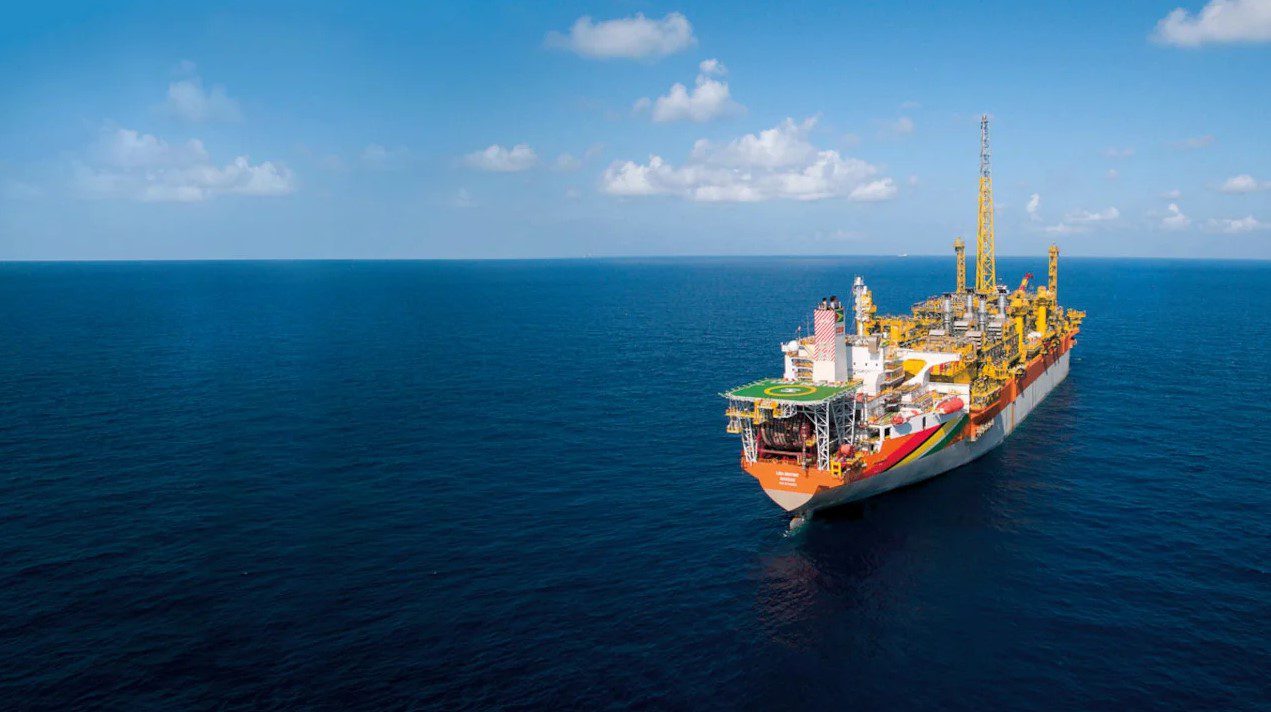As oil and gas deliveries from Russia dwindle in wake of the war in Ukraine, Germany, Europe’s biggest oil consumer, has been scrambling to find new sources of energy which has seen rare imports in recent months from countries such as Guyana.
In addition to boosting seaborne crude imports from existing suppliers Norway and the US, German refiners have turned to crudes from Canada, Algeria, Saudi Arabia, Cameroon and Libya in recent months as supplies of piped medium sour Russian oil dwindle, according to vessel analytics provider Kpler.
In addition to Guyana, S&P Global Platts said in a report this week that the data shows rare crude imports have also been sourced from Italy, Equatorial Guinea and Brazil.
Before the war, Germany was the world’s second-biggest buyer of Russian crude after China, importing 687,000 b/d of crude and 149,000 b/d of oil products from Russia in November 2021, according to the International Energy Agency. Most of the crude was delivered via the northern branch of the Druzhba pipeline system from Russia, with smaller amounts arriving via tanker to Rotterdam and its North Sea ports of Wilhelmshaven and Brunsbuttel.
In the wake of Russia’s invasion of Ukraine on Feb. 24, Germany initially turned to Norwegian crudes, with a particular increase in imports of grades such as Johan Sverdrup, Grane and Statfjord. It has also widened its import basket in recent months, buying more medium sour crudes such as Canada’s Hibernia and White Rose, Saudi Arabia’s Arab Light and light sweet crudes such as Algeria’s Saharan Bend and Libya’s Es Sider.
Guyana oil could help meet global demand for next 20-30 years
Analysts say Guyana’s light sweet crude is well positioned to meet growing global demand and to even fill gaps in places like Europe. US oil major ExxonMobil is operator at the country’s largest block where two developments are producing around 350,000 barrels of oil per day.
‘Unity Gold’ lighter and sweeter than other carbon-intensive blends in Latin America – Platts
“The world needs the oil, and I think more people should accelerate [exploration and production],” says John Hess, Chief Executive Officer of Hess Corporation, a 30% stakeholder in the Stabroek Block offshore Guyana.
Supply is having a hard time keeping up with demand. World demand is now about 98 million b/d, and “we think by year-end it will be 101 million b/d,” Hess said.
Guyana’s output is poised to surpass one million barrels of oil per day by 2027 and will increase further. Exxon said it is targeting 10 oil production vessels operating at the Stabroek Block by the end of the decade.
IMF says oil production ramp up makes Guyana’s prospects more favourable than ever before
Chief Economist at the American Petroleum Institute (API), Dr. Dean Foreman has said Guyana’s ramp up in production is coming at a perfect time where there is a need for these barrels.
“There is a recovering global demand on the economy [and Guyana has] the ability with a medium weight, medium gravity, relatively light sweet crude oil, which will help refiners in Europe, North America and Asia,” he said.



